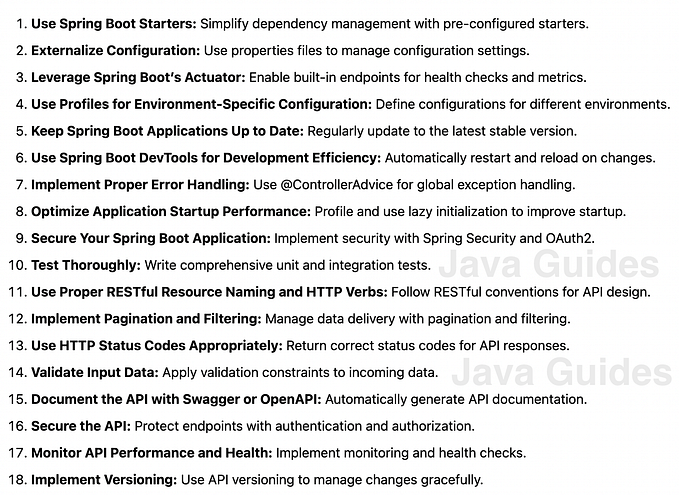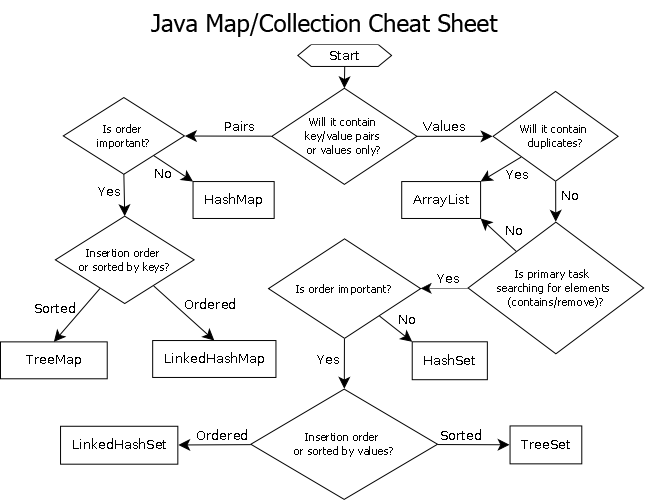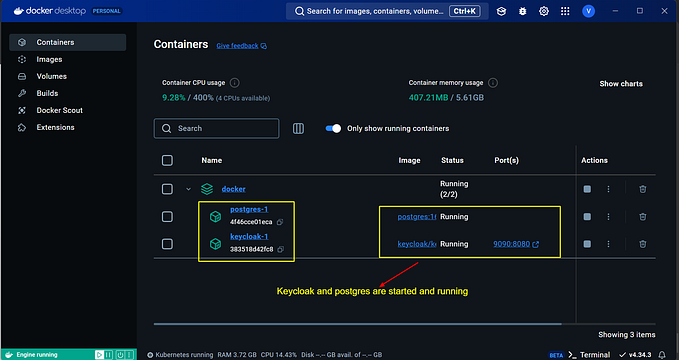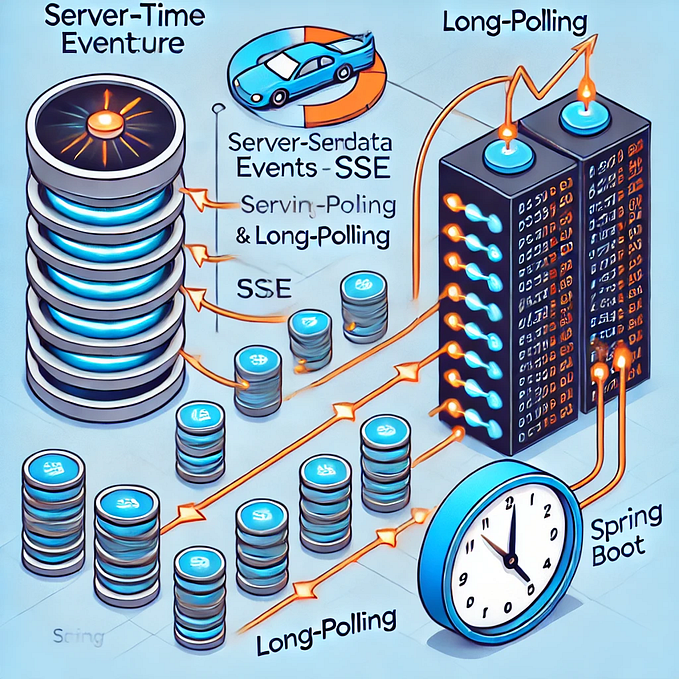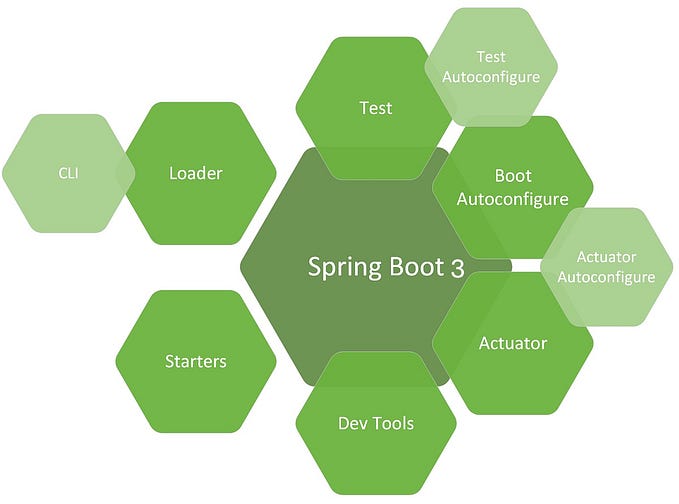Spring Boot Microservices with RabbitMQ Example
In this tutorial, we will create two Spring Boot microservices that communicate with each other using RabbitMQ. We’ll use RabbitMQ as a message broker to enable asynchronous communication between the microservices. This guide is intended for beginners and includes detailed explanations for each step.
Learn Microservices development: Spring Boot Microservices Tutorial.
Introduction to RabbitMQ
RabbitMQ is an open-source message broker software that implements the Advanced Message Queuing Protocol (AMQP). It allows applications to communicate with each other using messages, enabling asynchronous and decoupled communication. RabbitMQ is often used to build scalable and fault-tolerant distributed systems.
Prerequisites
- JDK 17 or later
- Maven or Gradle
- IDE (IntelliJ IDEA, Eclipse, etc.)
- RabbitMQ server (You can run RabbitMQ using Docker)
Step 1: Set Up RabbitMQ Server
You can run RabbitMQ using Docker with the following command:
docker run -d --name rabbitmq -p 5672:5672 -p 15672:15672 rabbitmq:3-managementThis command will start RabbitMQ with the management UI accessible at http://localhost:15672 (default username and password: guest/guest).
Step 2: Create the Projects
We’ll create two Spring Boot projects: producer-service and consumer-service.
Step 3: Set Up producer-service
3.1 Create the Project
Use Spring Initializr to create a new project with the following dependencies:
- Spring Web
- Spring Boot Actuator
- Spring for RabbitMQ
3.2 Configure application.properties
Set up the application properties for producer-service.
spring.application.name=producer-service
spring.rabbitmq.host=localhost
spring.rabbitmq.port=5672
spring.rabbitmq.username=guest
spring.rabbitmq.password=guestExplanation:
spring.application.name=producer-service: Name of the application.spring.rabbitmq.host=localhost: Specifies the RabbitMQ server host.spring.rabbitmq.port=5672: Specifies the RabbitMQ server port.spring.rabbitmq.username=guest: Specifies the RabbitMQ username.spring.rabbitmq.password=guest: Specifies the RabbitMQ password.
3.3 Configure RabbitMQ
Create a configuration class to define the RabbitMQ components.
package com.example.producerservice;
import org.springframework.amqp.core.Queue;
import org.springframework.amqp.rabbit.core.RabbitTemplate;
import org.springframework.context.annotation.Bean;
import org.springframework.context.annotation.Configuration;
@Configuration
public class RabbitMQConfig {
public static final String QUEUE_NAME = "exampleQueue";
@Bean
public Queue exampleQueue() {
return new Queue(QUEUE_NAME, false);
}
}Explanation:
@Configuration: Indicates that this class contains Spring configuration.@Bean: Marks this method as a bean producer.Queue exampleQueue(): Creates a new queue namedexampleQueue.
3.4 Create a Message Producer
Create a service to send messages to the queue.
package com.example.producerservice;
import org.springframework.amqp.rabbit.core.RabbitTemplate;
import org.springframework.stereotype.Service;
@Service
public class MessageProducer {
private final RabbitTemplate rabbitTemplate;
public MessageProducer(RabbitTemplate rabbitTemplate) {
this.rabbitTemplate = rabbitTemplate;
}
public void sendMessage(String message) {
rabbitTemplate.convertAndSend(RabbitMQConfig.QUEUE_NAME, message);
}
}Explanation:
@Service: Marks this class as a service component.RabbitTemplate rabbitTemplate: Injects theRabbitTemplatefor sending messages to RabbitMQ.sendMessage(String message): Sends a message to theexampleQueue.
3.5 Create a Controller
Create a controller to handle HTTP requests and send messages to the queue.
package com.example.producerservice;
import org.springframework.web.bind.annotation.GetMapping;
import org.springframework.web.bind.annotation.RequestParam;
import org.springframework.web.bind.annotation.RestController;
@RestController
public class MessageController {
private final MessageProducer messageProducer;
public MessageController(MessageProducer messageProducer) {
this.messageProducer = messageProducer;
}
@GetMapping("/send")
public String sendMessage(@RequestParam String message) {
messageProducer.sendMessage(message);
return "Message sent: " + message;
}
}Explanation:
@RestController: Marks this class as a REST controller.@GetMapping("/send"): Maps GET requests to/sendto this method.@RequestParam String message: Extracts themessageparameter from the request.messageProducer.sendMessage(message): Sends the message to the queue.
Step 4: Set Up consumer-service
4.1 Create the Project
Use Spring Initializr to create a new project with the following dependencies:
- Spring Web
- Spring Boot Actuator
- Spring for RabbitMQ
4.2 Configure application.properties
Set up the application properties for consumer-service.
spring.application.name=consumer-service
spring.rabbitmq.host=localhost
spring.rabbitmq.port=5672
spring.rabbitmq.username=guest
spring.rabbitmq.password=guestExplanation:
spring.application.name=consumer-service: Names the application.spring.rabbitmq.host=localhost: Specifies the RabbitMQ server host.spring.rabbitmq.port=5672: Specifies the RabbitMQ server port.spring.rabbitmq.username=guest: Specifies the RabbitMQ username.spring.rabbitmq.password=guest: Specifies the RabbitMQ password.
4.3 Configure RabbitMQ
Create a configuration class to define the RabbitMQ components.
package com.example.consumerservice;
import org.springframework.amqp.core.Queue;
import org.springframework.amqp.rabbit.annotation.RabbitListener;
import org.springframework.context.annotation.Bean;
import org.springframework.context.annotation.Configuration;
@Configuration
public class RabbitMQConfig {
public static final String QUEUE_NAME = "exampleQueue";
@Bean
public Queue exampleQueue() {
return new Queue(QUEUE_NAME, false);
}
@RabbitListener(queues = QUEUE_NAME)
public void listen(String message) {
System.out.println("Received message: " + message);
}
}Explanation:
@Configuration: Indicates that this class contains Spring configuration.@Bean: Marks this method as a bean producer.Queue exampleQueue(): Creates a new queue namedexampleQueue.@RabbitListener(queues = QUEUE_NAME): Annotates a method to listen to messages from theexampleQueue.listen(String message): Processes the received message and prints it to the console.
Step 5: Run the Microservices
- Start RabbitMQ: Ensure RabbitMQ is running using the Docker command mentioned above.
- Start
producer-service: Run theProducerServiceApplicationclass. - Start
consumer-service: Run theConsumerServiceApplicationclass.
Step 6: Test the Communication
Open your browser or use a tool like Postman to send a GET request to producer-service:
- URL:
http://localhost:8081/send?message=Hello - This will send the message “Hello” to the queue.
Check the console logs of consumer-service to see the received message:
- You should see
Received message: Helloin the logs.
Conclusion
You have successfully set up two Spring Boot microservices that communicate asynchronously using RabbitMQ. This setup allows you to decouple the services and enable asynchronous processing, which can improve the scalability and resilience of your system. This example can be expanded to include more complex message handling, additional microservices, and advanced RabbitMQ configurations.
Related Event-Driven Microservices Tutorial
Event-Driven Microservices using Spring Boot and Kafka
Spring Boot Microservices with RabbitMQ Example
Spring Boot Microservices with Apache Kafka Example
Spring Boot Microservices REST API Example
Spring Boot Microservices with Spring Cloud Stream Example


